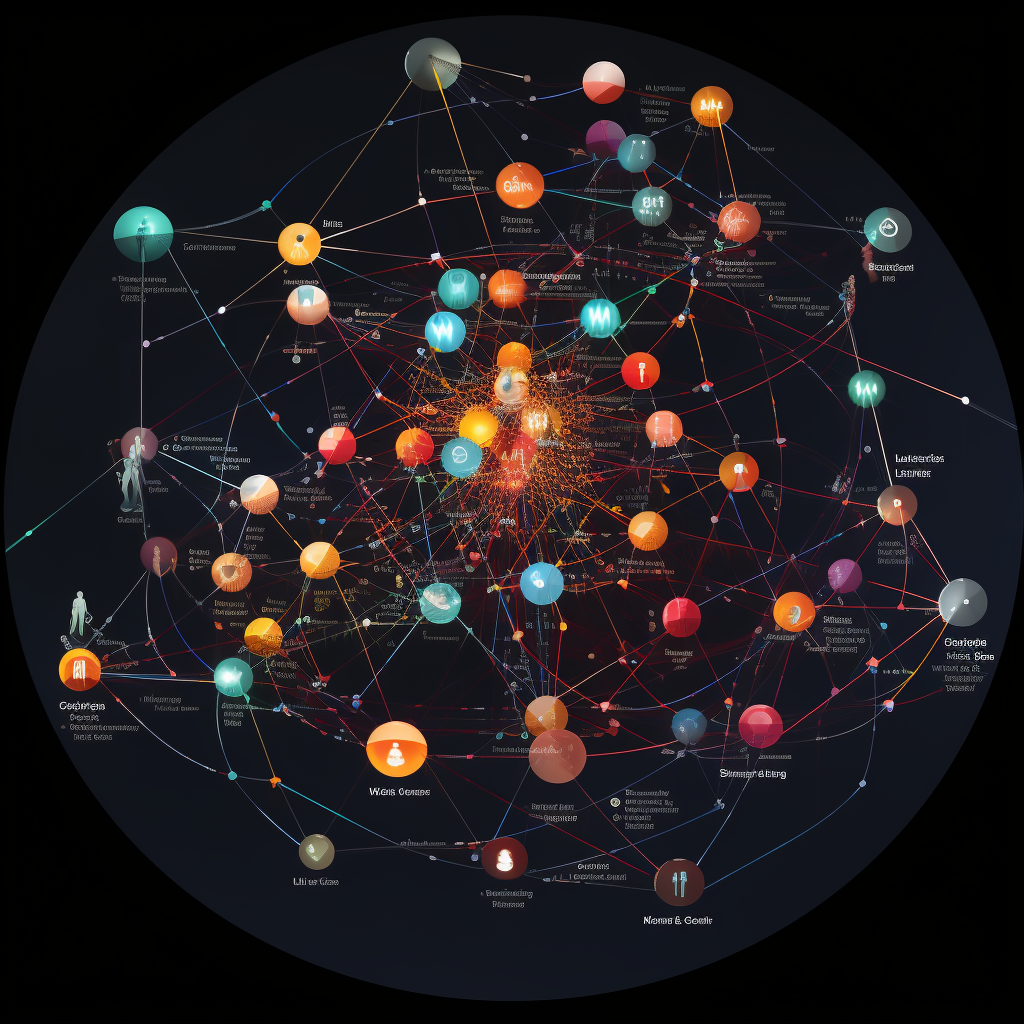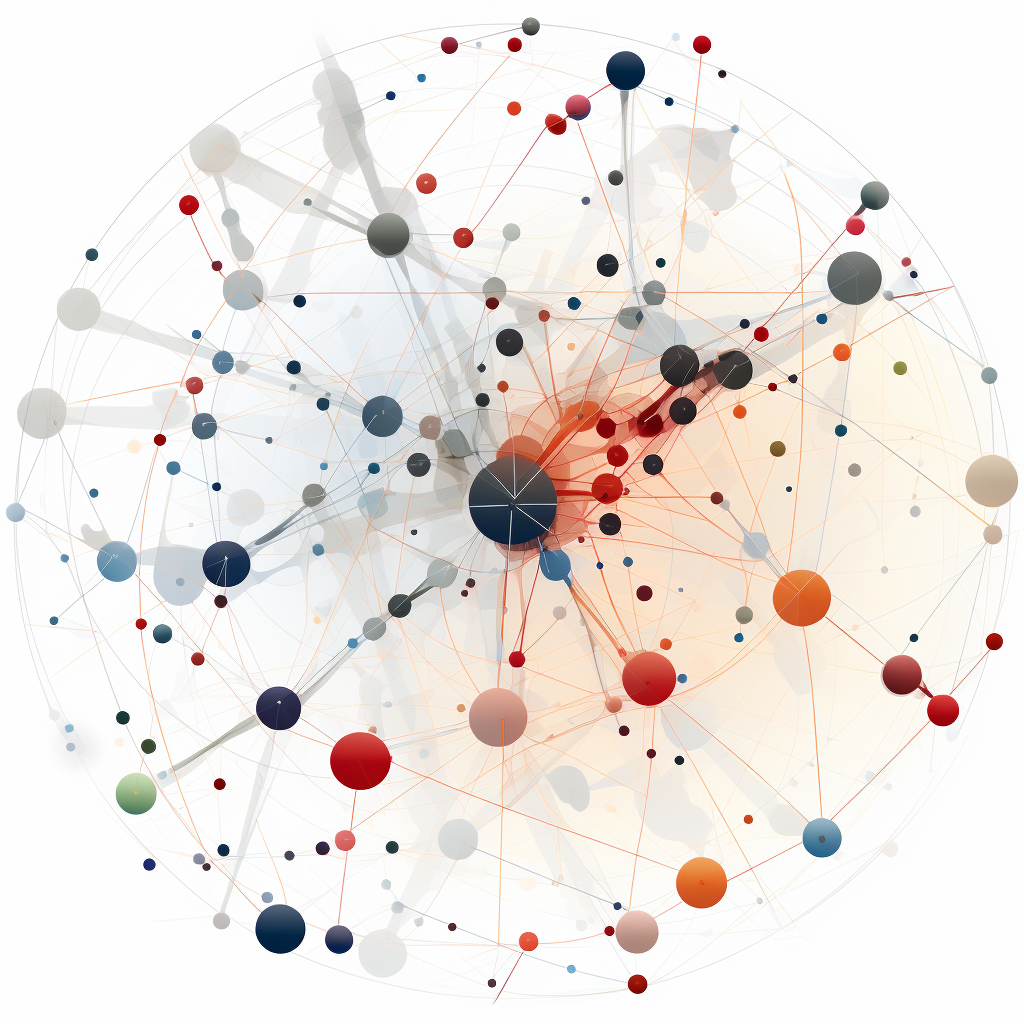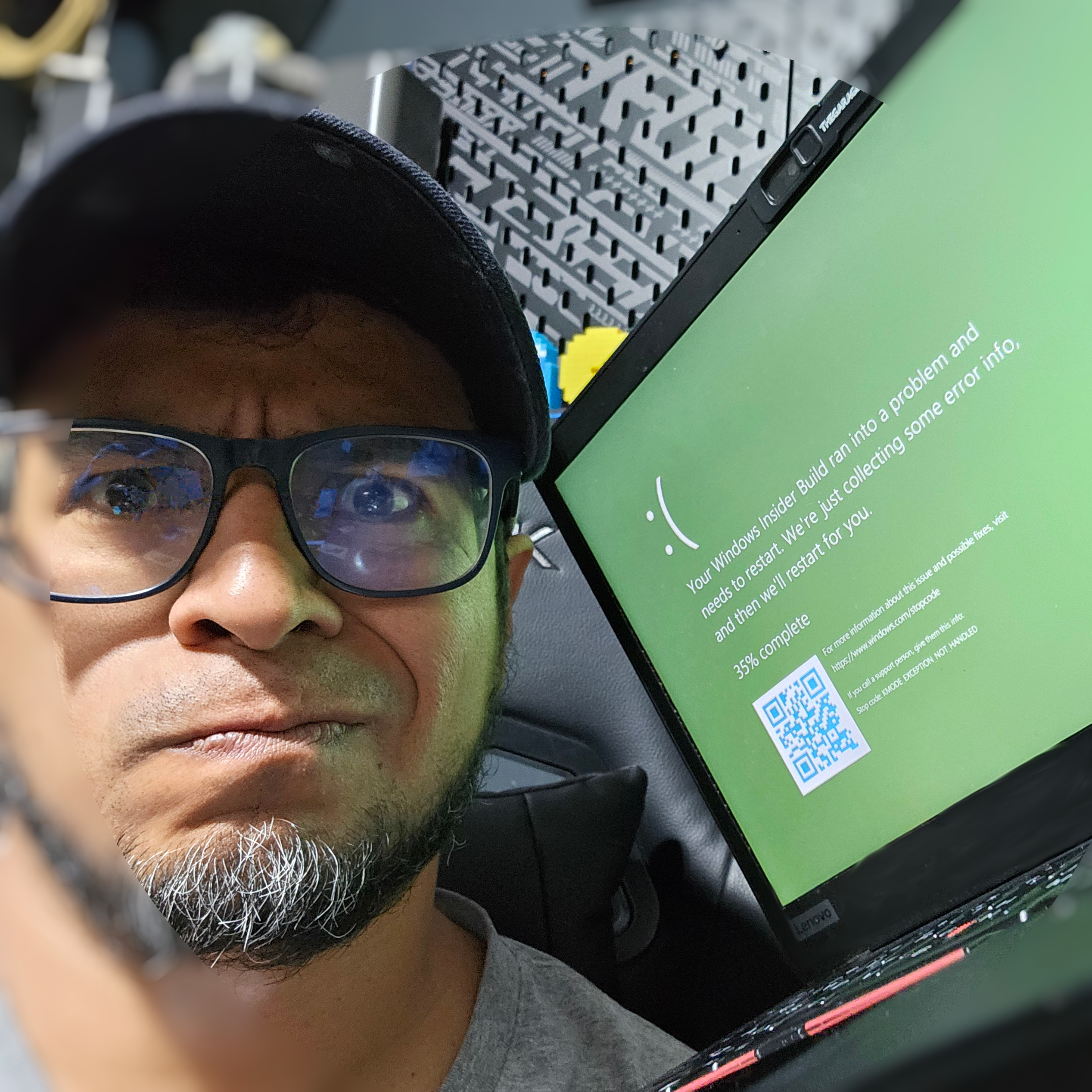
Today was a historic day for Mexico, as the country elected its first woman president. I love Mexico—the culture, food, friends, and family—but it has always been a country with deep-rooted toxic masculinity. This event is truly historic and unexpected.
I don’t expect much to change immediately in terms of politics, although I hope for significant progress. It won’t erase machismo overnight. Women all over Mexico are not only still underpaid and undervalued but also face violence and disappearances. They are getting killed and mistreated. I am not physically violent, but I used to embrace that toxic masculinity without realizing it. Each time I return to Mexico, it becomes evident to me how normalized such behaviors are, sometimes even among my close friends and family, in work settings, and in general society.

You can find the index and other parts of this series here.
Let’s dig in into the most controversial part of my guide: the inbox. As far as I know, there is no way to make this inbox static. However, thanks to the fact that ActivityPub does not require the inbox to share the same domain as the other elements, we can host it anywhere.
I believe it could be controversial for two reasons. First, it is not truly static; you require a backend somewhere running on some kind of server. The second reason is that I am using Azure, and I know from the get-go that will put some of you off. But I believe this guide is still valid, as you can easily deploy to AWS, GCP, or even Vercel. I am writing this in .NET, but as you may already know, translating the logic should be trivial for most modern languages. I will actually encourage people to contribute these implementations to my repo and make it our repo.

Reflecting on Seven Years: A Revisited Perspective I’ve chosen to revisit this post, originally published in 2017, which was likely the second entry on this blog. Much has unfolded since then: it was my first year in the US (still thinking in getting back to Mexico), my brother was still in Mexico, the onset of Trump’s presidency, and the world was not expecting a pandemic yet. Seven years later, I’m appending Part 2 following a recent visit to San Francisco. What changes have transpired, and what might I have overlooked? Let’s delve into it.

I was 11 years old when I became an accessibility advocate in software products thanks to Bill Gates. I did not know the term at the time, and it certainly was not planned. My parents bought a second-hand (or maybe third?) computer from a relative (thank you tío Rafa!), a fragrant IBM PS1 that now included screen colors. This was my second computer; the first one had a retina-damaging green monitor (verde chinga-pupila in Mexico), hacker-style, running DOS and Pascal.

We will take a break from discussing ActivityPub concepts, and I’ll explain how I implemented a very simple “Subscribe” feature for this blog using Mastodon/Fediverse accounts. You don’t need to have your site/blog ActivityPub enabled for this; you will only need a Fediverse account and basic html/css knowledge.
You can also navigate the other parts of this series here.
The Motivation The motivation behind this simple feature is quite strong:

There is a video version of this post in my YouTube Channel.
So we have our boilerplate app, and we are ready to start adding fun stuff. If you do not have that, check the part 1 of this series.
We will start by making sure we have Semantic.Kernel in our usings:
using Microsoft.SemanticKernel; Now we will configure the “Kernel”, which as the name says is the heart of SK (Semantic Kernel). We will add this to our services configuration helper method:

I’ll keep this short and sweet since there’s already gazillions of information about Large Language Models (LLMs) and artificial intelligence (AI), and I doubt I’ll contribute anything novel to the discussion. This post aims to put in words this interlude video about LLMs and AI before adding the magic AI bits into our app.
I will argue two things: 1) LLMs are a form of artificial intelligence, 2) They represent a rather limited form of intelligence that requires constant supervision. Following this, I’ll include a link on how to install these models locally.

If you prefer video, there is a YouTube version of this blog-post.
Since the release of LLMs, I have been extremely enthusiastic about exploring such a fun tool to play with. I won’t delve into discussions about how transformative it is or will be, but rather focus on the enjoyable aspect of using this technology.
In the broader context of ML/AI and data science, Python stands out as the most commonly used programming language. Despite my open-source enthusiasm, I have always found C# to be remarkable. With the introduction of Mono.NET and later dotnet core, I have happily used it in Linux environments. It’s no surprise that when working on projects related to ML/AI, C# and .NET are my preferred choices.

In this blog post, we will explain how to generate the outbox and notes, ready to be shared in the Fediverse.
You can also navigate the other parts of this series here.
Overview In the previous blog post, we created the actor endpoint as a static file. As explained there, this file has a pointer to the outbox, which is a collection of notes. A note in the ActivityPub protocol represents an activity, such as a toot, photo, comment, etc. (hence the “Activity” in ActivityPub), and in our case, it will be the representation of a blog post.

ChatGPT and most AI systems have biases, often manifesting as racism and discrimination, mirroring the biases present in human society and hence in the data we use to train such systems. And look, I am excited about AI, but sometimes we are moving too fast without thinking in the consequences.
Last week we had our team monthly lunch, and as in other ocassions we were talked about everything, ranged from topics as cane sugar industry, spicy food levels, skiing, and of course, AI. The small talk was about tips on using Microsoft Teams and Copilot to summarize what people said in a chat after prolonged absences from the office. This sparked an idea for an experiment.








